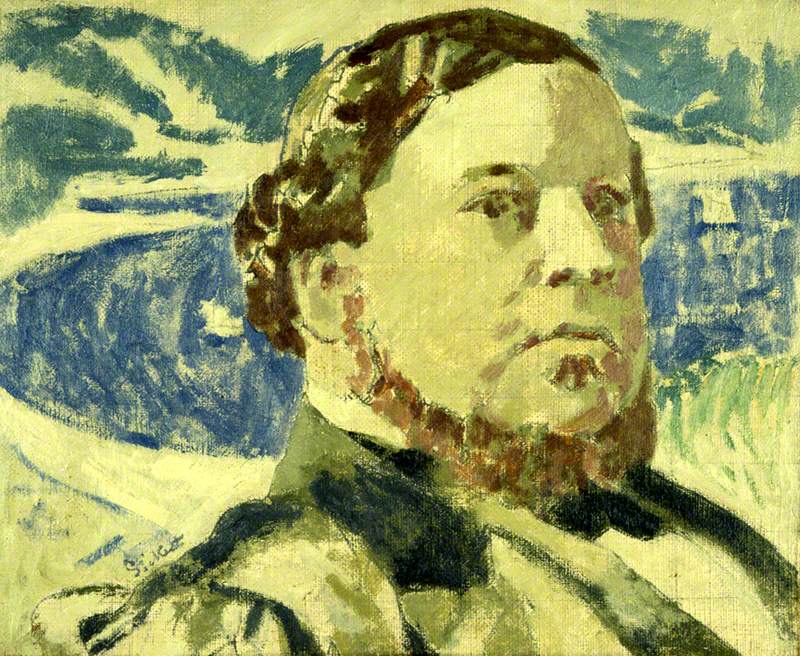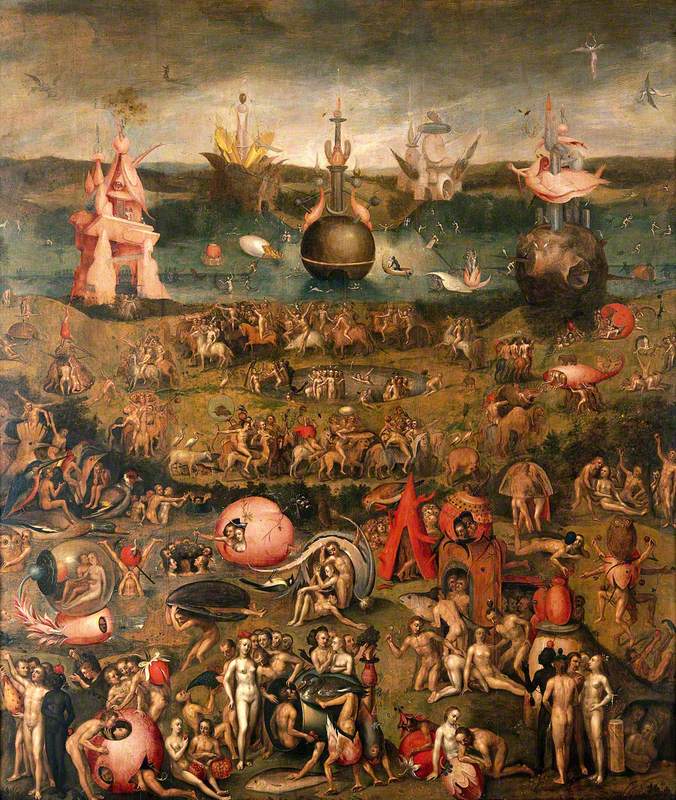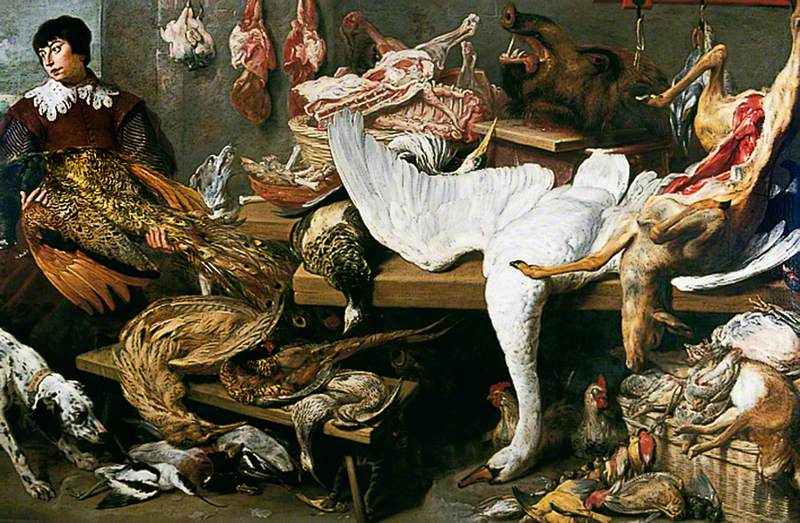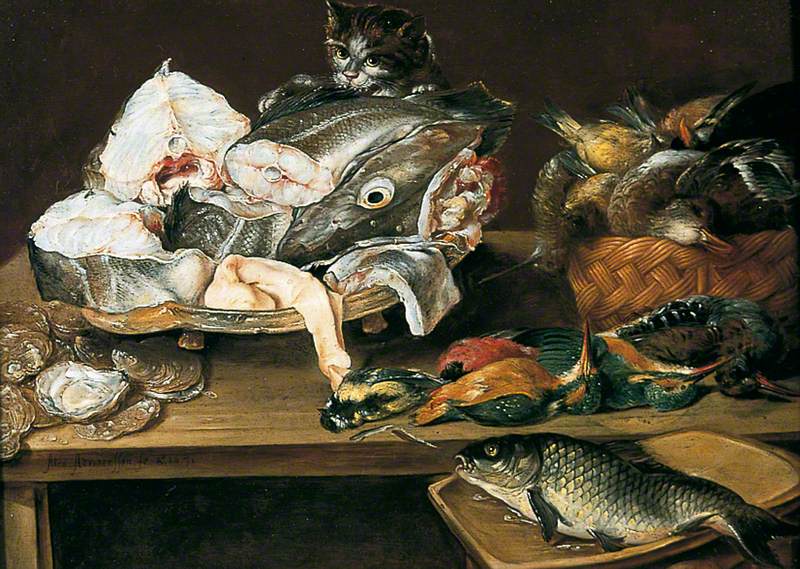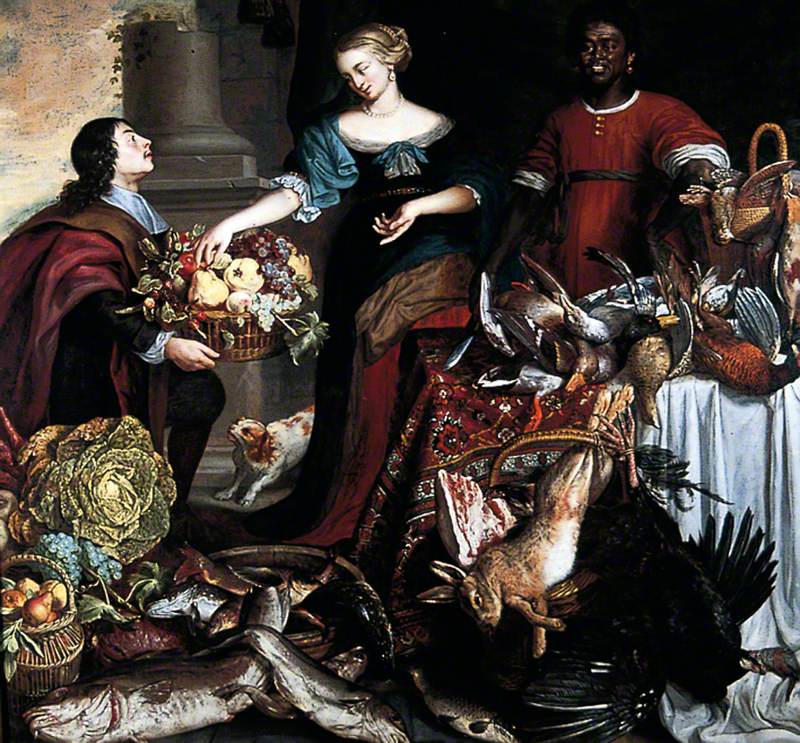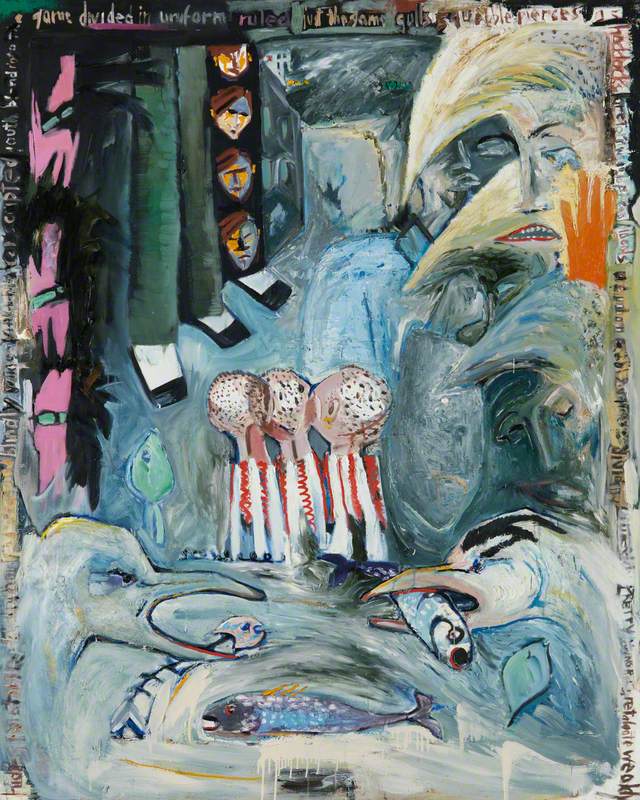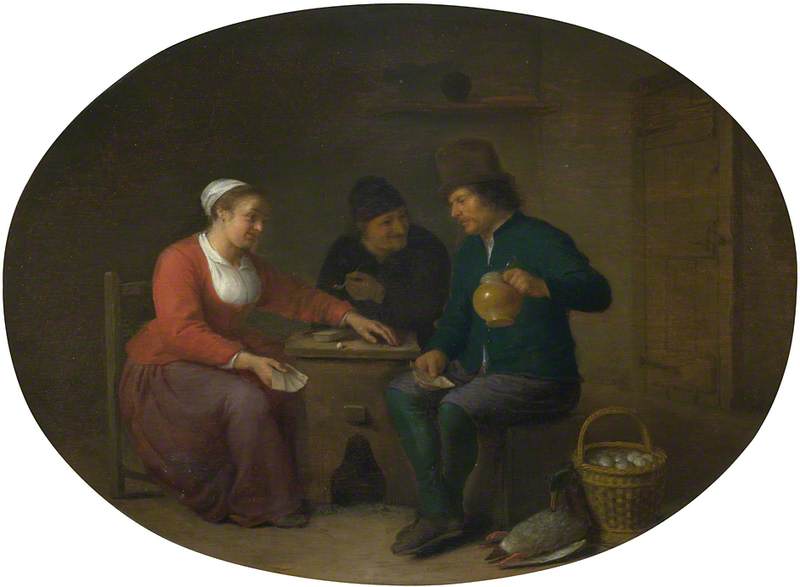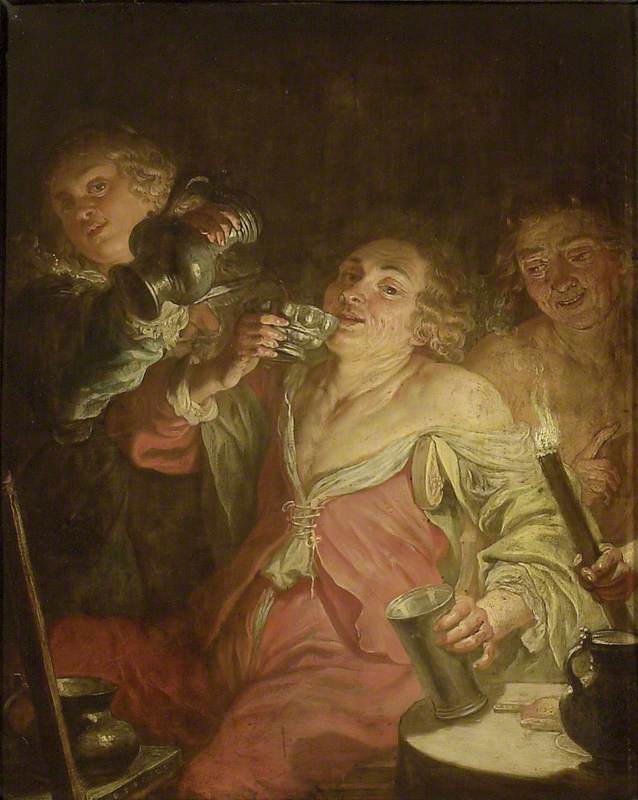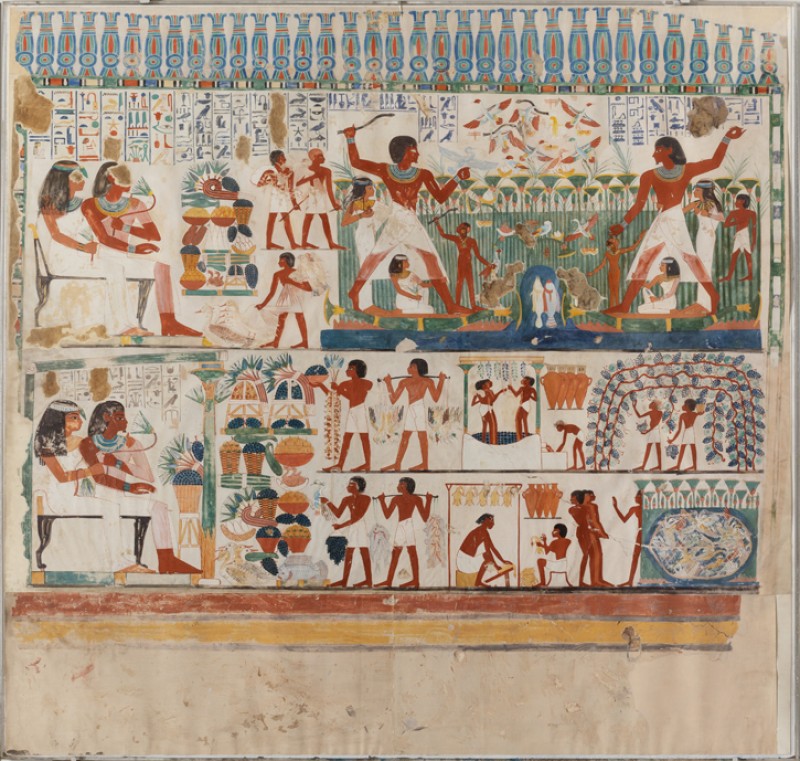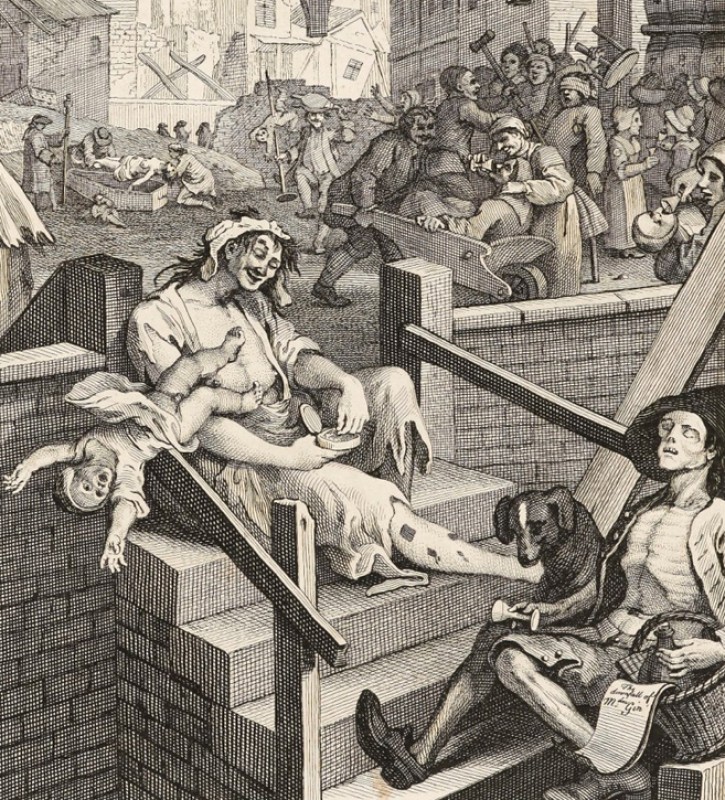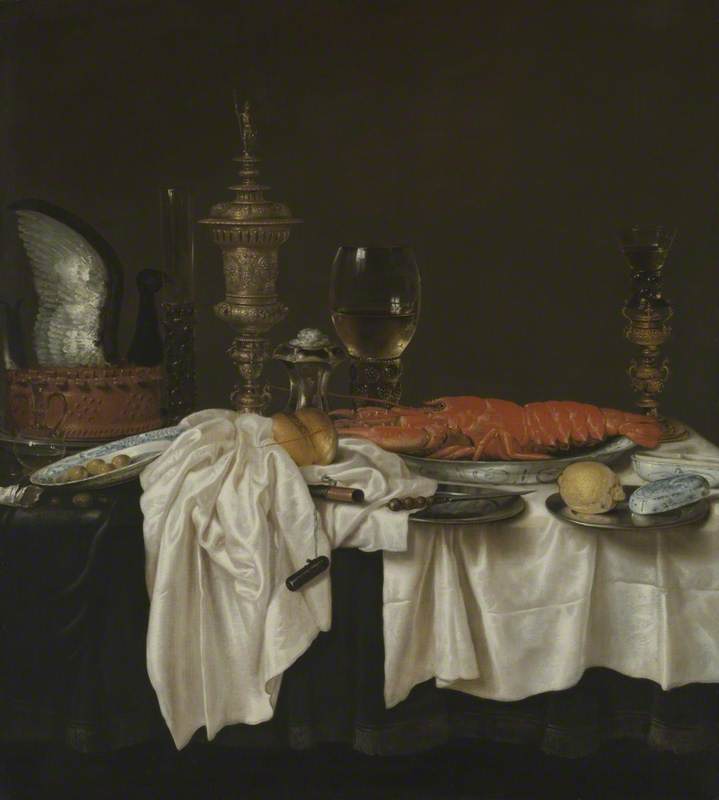
Two of the seven deadly sins, greed for money and excessive love of food and drink, seem to have been particularly attractive to artists. Both feature regularly in depictions of the sins by Hieronymus Bosch and others. Artists’ skills at depicting piles of treasure are shown off, for example, in scenes of the fabulously rich Croesus, warned by the philosopher Solon that his wealth would not bring happiness.
Gluttony has been often mocked, though Dionysus and Bacchus, the Greek and Roman gods of wine, are mystical figures celebrated in art. In the less-mystical Netherlandish sixteenth and seventeenth centuries, drunkenness is frowned on but made the subject for many light-hearted paintings of inns, festivals and private parties.
